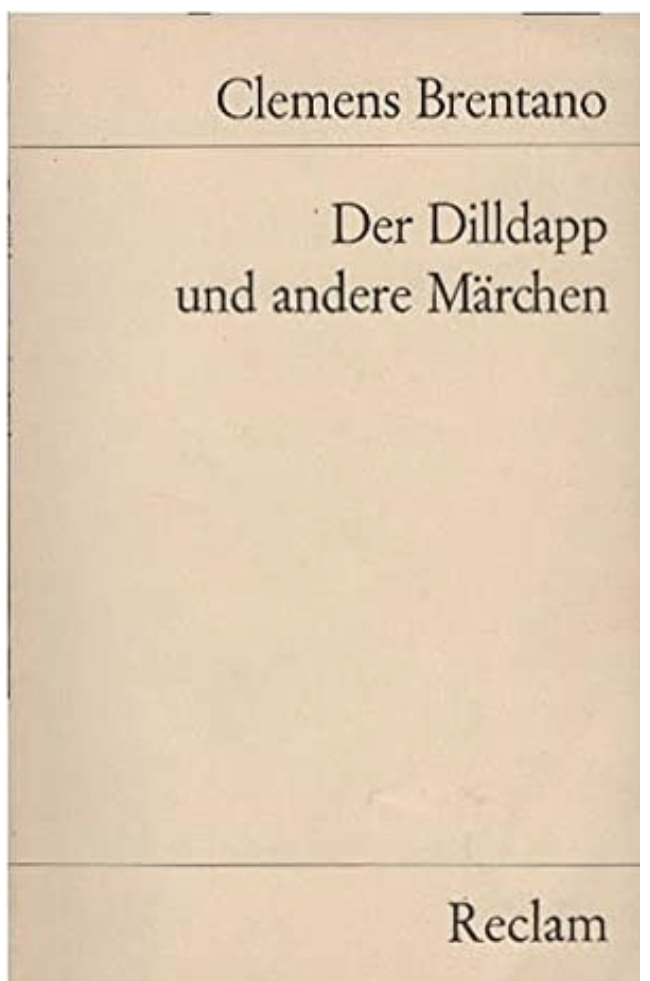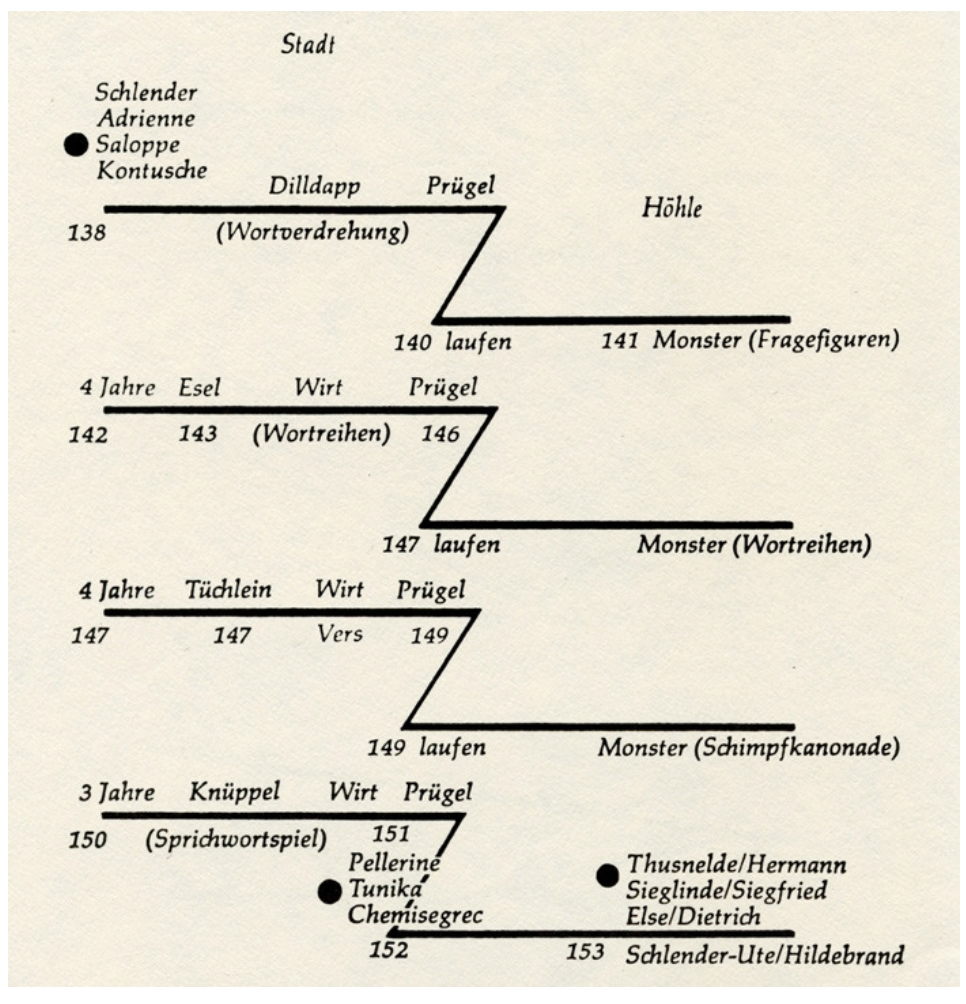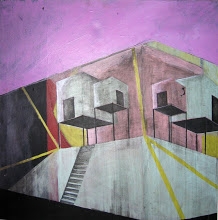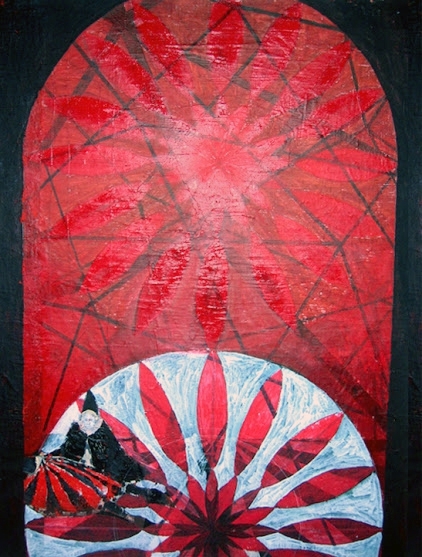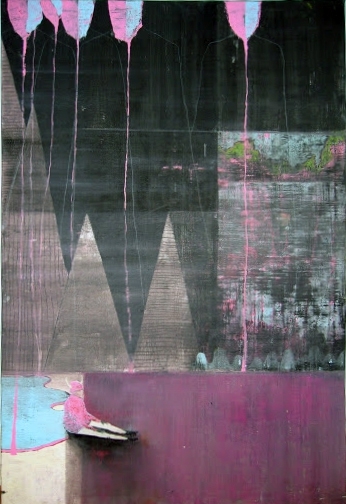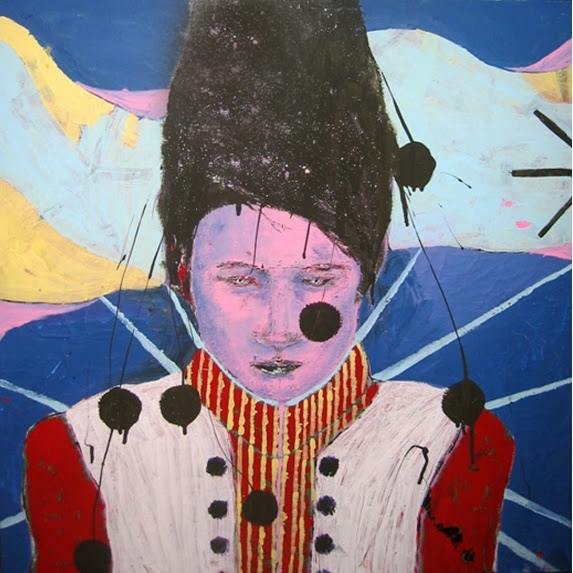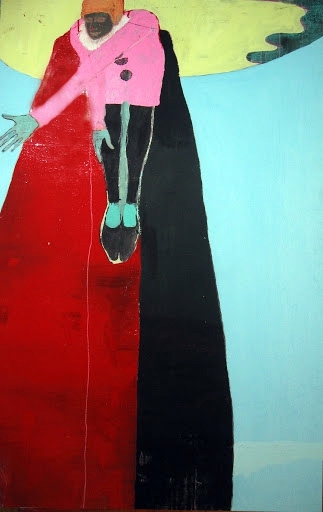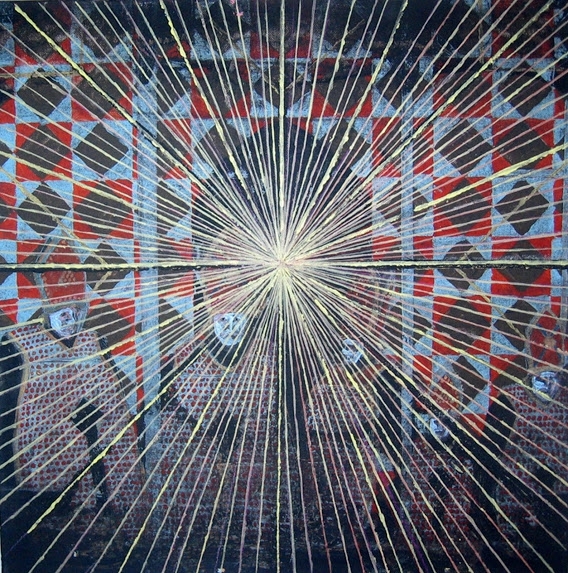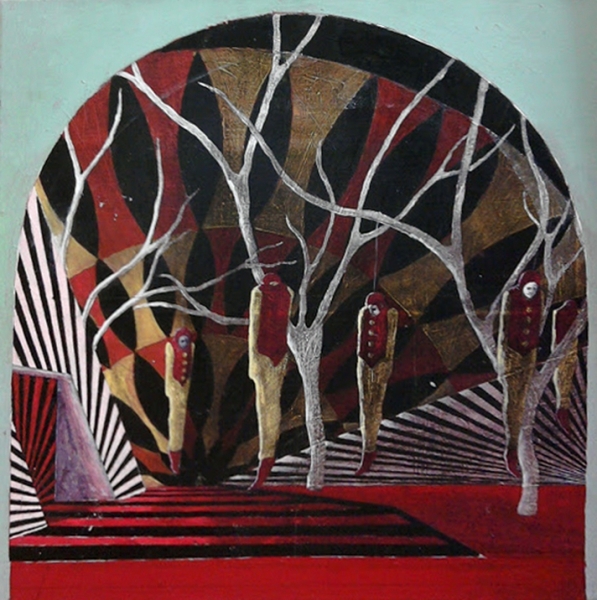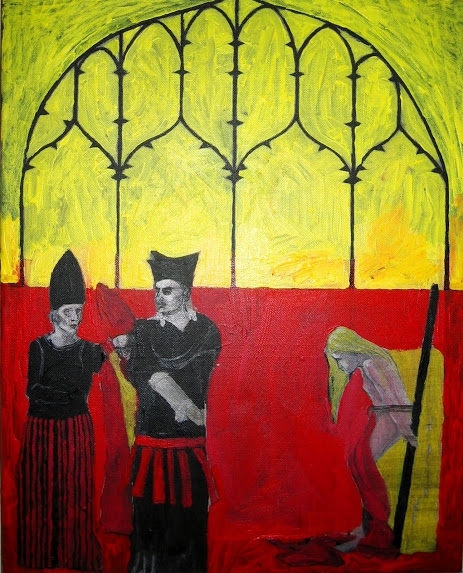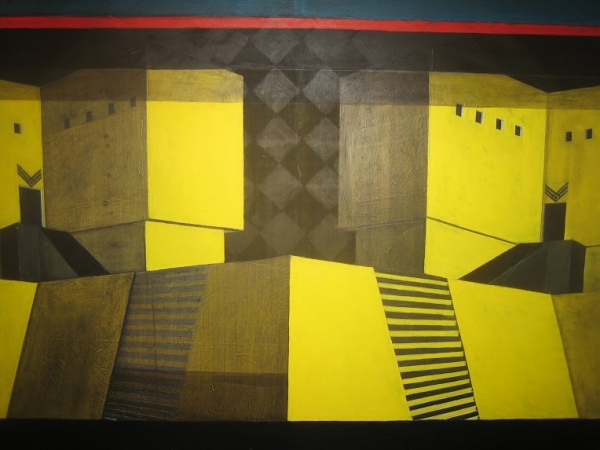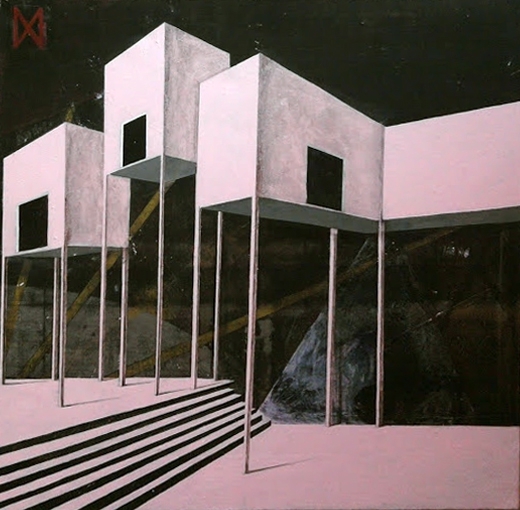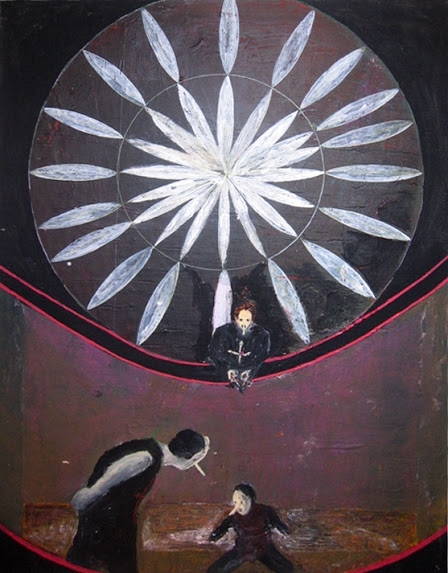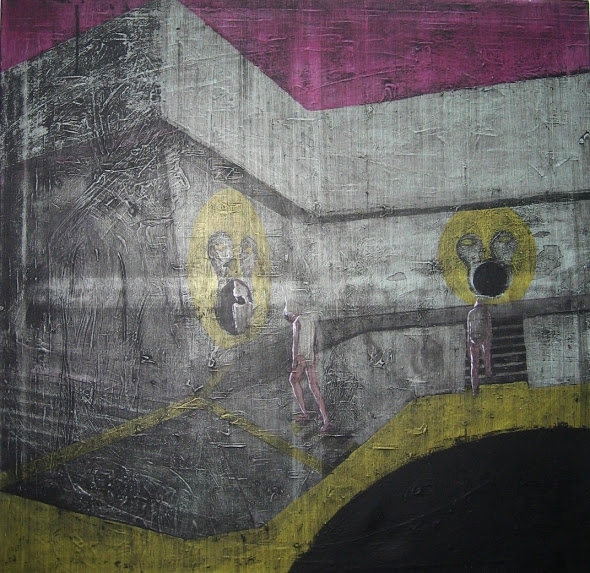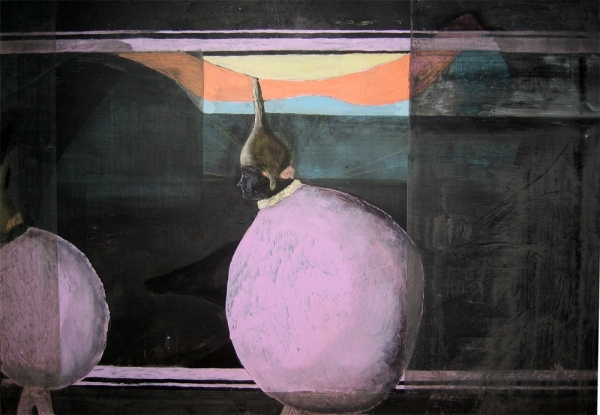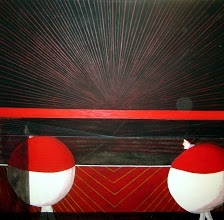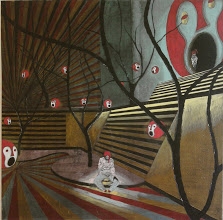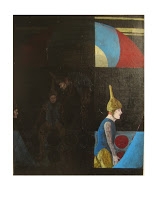Copyright 2007-2017
Indexhibit
Beginnings Of The Dilldapp (2008)
"The literary sign language of the romantics derives from an urban stratum in which literary artists, painters, and critics have isolated themselves from the philistines... Copying organic vitality, an act which presupposes a relationship of trust in reality, no longer suffices... The urbanite translates nature's arbitrariness into the signs of a fabricated world. He discovers nature as something to be imagined... The professionalism of the artist is evident in the word "make"; he makes rather than copies reality... What is linguistic reality? How is it constructed?... The literary artist has at his disposal words... they are the literary signs which reconstitute visible objects from his mental images... With this technique we face not only a single reality but a multitude of realities which we encounter ironically and grotesquely in the mirror of our imagination"
Marianne Thalmann Literary Sign Language of German Romanticism (1967, trans. Harold A. Basilius, 1972).
Marianne Thalmann Thalmann's Romantic Fairy Tale: The Seeds of Surrealism (1964; where have you been all my life).
It has a body comprising various animal parts—generally wings, antlers, a tail, and fangs, all attached to the body of a small mammal. The most widespread description portrays the Wolpertinger as having the head of a rabbit, the body of a squirrel, the antlers of a deer, and the wings and occasionally the legs of a pheasant.
Stuffed "wolpertingers", composed of parts of actual stuffed animals, are often displayed in inns or sold to tourists as souvenirs in the animals' "native regions". The Deutsches Jagd- und Fischereimuseum in Munich, Germany features a permanent exhibit on the creature.
It resembles other creatures from German folklore, such as the Rasselbock of the Thuringian Forest, the Dilldapp of the Alemannic region, and the Elwedritsche of the Palatinate region, which accounts describe as a chicken-like creature with antlers; additionally the American Jackalope as well as the Swedish Skvader somewhat resemble the wolpertinger. The Austrian counterpart of the wolpertinger is the raurakl.
According to the folklore, Wolpertingers can be found in the forests of Bavaria. Variant regional spellings of the name include Wolperdinger, Woipertingers, and Volpertinger. They are part of a larger family of horned mammals that exist throughout the Germanic regions of Europe, such as the Austrian Raurackl, which is nearly identical to the German Wolpertinger. [2]
source:
www.psychologistworld.com/cognitive/carl-jung-analytical-psychology
Instead, Jung looked at areas of the mind that constitute the psyche, and the way in which they influenced one another. He distinguished the persona, or the image of ourselves that we present to the world, from our shadow, which may be comprised of hidden anxieties and repressed thoughts. Jung also noted the relationship between our personal unconscious, which contains an individual's personal memories and ideas, and a collective unconscious, a set of memories and ideas that is shared amongst all of humanity. Shared concepts, which Jung described as archetypes, permeate the collective unconscious and emerge as themes and characters in our dreams and surface in our culture - in myths, books, films and paintings, for example.
Jung felt that disunity among thoughts in the personal subconscious and the conscious could create internal conflicts which could lead to particular personality traits or anxieties. Such inner conflicts could be resolved, claimed Jung, by allowing repressed ideas to emerge into the conscious and accommodating (rather than destroying) them, thus creating a state of inner harmony, through a process known as individuation.
---------------------------------
source:
https://www.icp.org/browse/archive/constituents/hans-bellmer?all/all/all/all/0
Bellmer's series Die Puppe (The Doll), debuted in the 1934 issue of the Surrealist publication Le Minotaure, and the photographs were described as "variations on the assemblage of an articulated minor." The doll consisted of a wood-and-metal skeleton covered with a realistic body of plaster and papier mâché; a system of ball-joints allowed it to be shaped into endless disturbing configurations, appearing dismembered and monstrous.
Born in Katowice, Silesia, Bellmer worked in coal mines before entering the Berlin Technische Hochschule to study engineering in 1923. While there, he also studied perspective with George Grosz and established contact with Dada artists. From 1924 to 1936 he worked variously as a typographer and draftsman. He first made contact with the Surrealists in 1924 on a trip to Paris. In 1932 he was inspired by the opera The Tales of Hoffmann, and the next year collaborated on a production of Hoffmann's The Sandman: both works feature female automatons. At around this time, in opposition to the rise of Nazism, he stopped all work that supported the state. Bellmer began constructing his first "artificial girl" in 1934, with his wife, Margarete. Photographs of the doll were hand-colored by Bellmer for the first edition of his book Die Puppe. The second series of dolls, even more disarticulated than the first, were created in 1936-1938. Bellmer left Berlin in 1938 and settled in Paris where he was part of Surrealist circles. With the outbreak of the war, he was interned as a German citizen in a prison camp from 1940-1941. Bellmer's work appeared in numerous exhibitions, including the 1947 International Surrealist Exposition in Paris.
